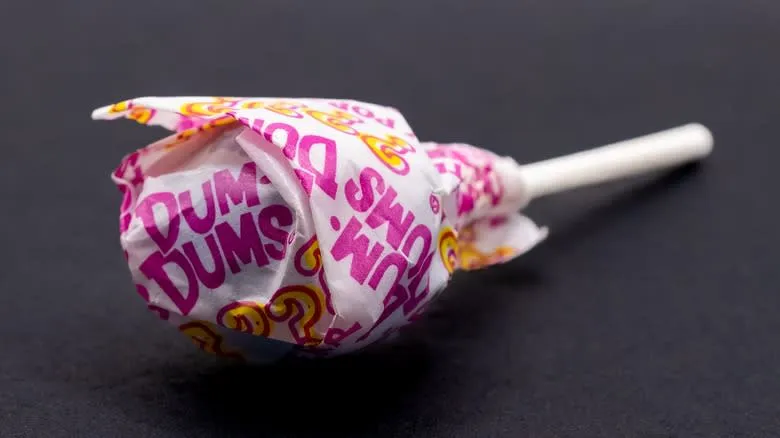Candy, soft drink, and snack firms were all in their prime in the 1990s, vying for the interest of young people nationwide. You may recall the colourful SoBe beverages that briefly swept the nation, as well as every other food that was phased out during that decade, but one treat stuck out and endured. It all started on a historic day in 1993 when Airheads Taffy introduced a new, secret flavour called the White Mystery Airhead, completely upending the candy industry.
For years, the silver and white wrapped taffy was the talk of the candy aisle. While some children vehemently declared that the flavour had to be grape, others vehemently denounced the idea that it was coconut. Everybody had a guess as to what it might be, but since the chew lacked the pigment to discern its flavour, all of the guesses were simultaneously seen as reasonable and derided as absurd.
In actuality, the colourless taffy is a single, flat, white bar that blends two flavours of the famous confection. Usually, the Airheads plant produces one product at a time. The following day, a different flavour is created once the machines have been cleansed. The plant produces a new batch that absorbs the remaining flavour of the previous batch rather than restarting the machines. The White Mystery flavour is created when they omit the food colouring, and it wasn’t an accident.
The Genius Marketing Idea Was Gifted To Airheads

During the 1990s, Airheads had the White Mystery flavour thrust into its lap as businesses frantically tried to create what they anticipated would be the newest craze. Mathew Fenton, the company’s brand manager, was going through data collected from youth when he came across an idea that came to him from a youngster who wrote to him. The child suggested, among other things, that Airheads should introduce a mystery flavour in white packaging to conceal its actual flavour.
Inspired, Fenton quickly began testing a prototype at an elementary school in the area. Only 5% of the kids who tried it were able to recognise the flavour, despite their excitement about the sweet. Although several vehemently claimed to have it figured out, the truth was that hardly any of them knew what it was. The taffy’s flavour is always changing, so it could taste like a combination of any two flavours today.
Because the flavour of this specific Airhead was kept a secret, a craze developed among young people who felt compelled to obtain the mystery product in order to prove that they had indeed found it out. Even though they were generally incorrect, Airheads continued to profit from children’s inclination to try it repeatedly. Because the hidden sweets were so popular, other companies began to release “mystery” flavours of their goods in an effort to capitalise on the same phenomena.
Spawned An Entire Generation Of Mystery Candy
As they say, “join ’em if you can’t beat ’em.” Several businesses adopted that mindset when they started developing their own covert products under their own names following the nationwide success of the Airheads White Mystery flavour. A few years later, Jones Soda released a limited-edition mystery drink for fans to argue over, and Starbursts released a secret flavour of its own that was likewise colourless.
Taco Bell joined the Airheads in taking advantage of the uncertainty a few decades later. The Mexican fast-food restaurant collaborated with Airheads to develop the White Mystery Airhead Freeze, an unidentified flavour slushy. By inviting fans to attempt speculating on social media about its flavour, Taco Bell capitalised on the mystery element.
Convenience store candy aisles were crowded with novelty and surprise products designed to replicate the success of Airheads White Mystery bars after 1993. From the mystery flavour DumDums lollipops to the U.S.-banned Bazooka products Ring Pops and Kinder Surprise Eggs, businesses were eager to replicate Airheads’ successful foray into the unknown. Since it’s half the fun to predict what you’re going to taste, none of these companies have ever disclosed the actual flavour of any one release.
